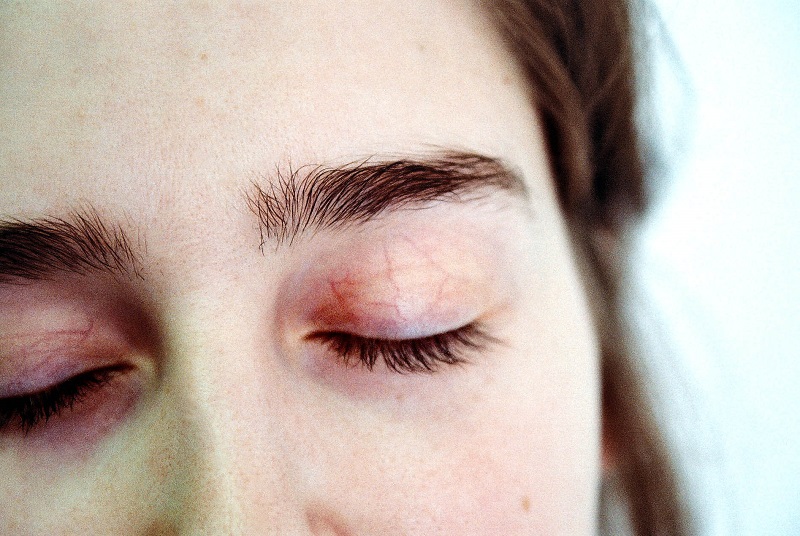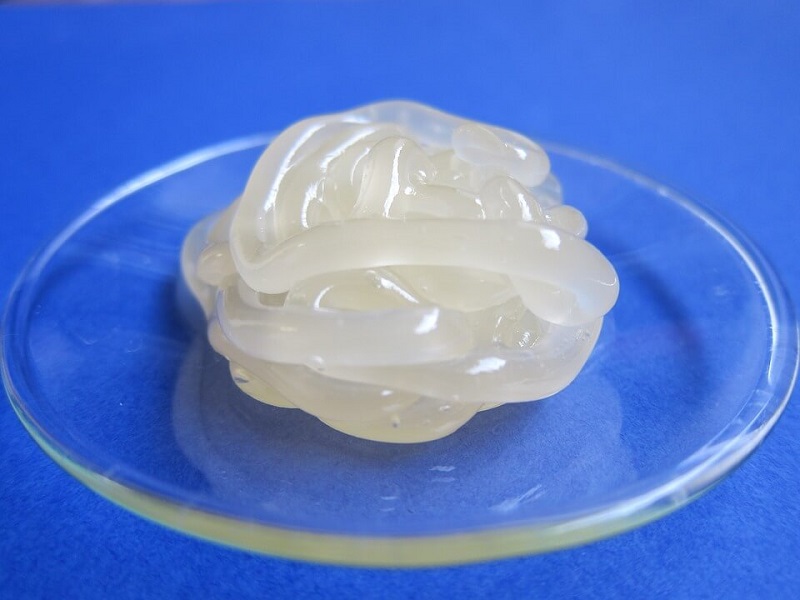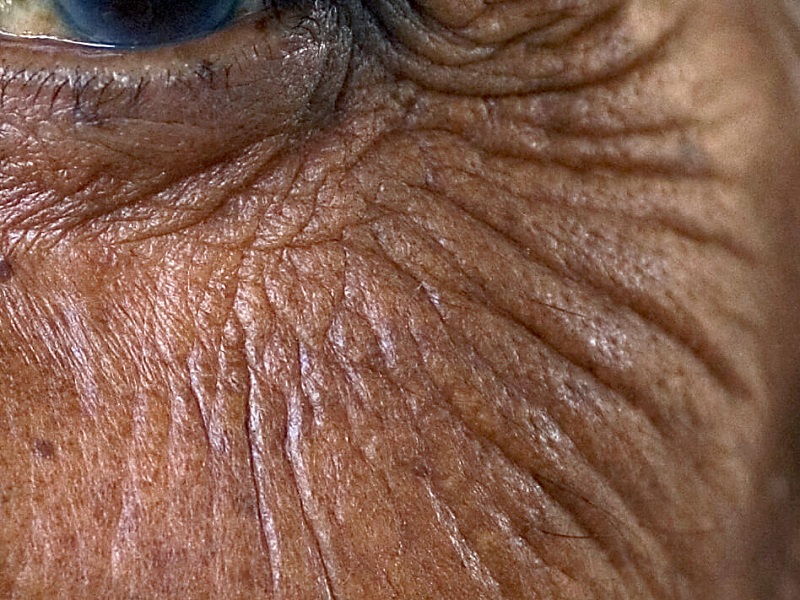CO2 laser resurfacing treats wrinkles, stretch marks, scars, warts, and other superficial skin issues. Those who underwent a skin lift and have non-responsive skin can also benefit from this procedure.
Although efficient, these procedures also pose a set of disadvantages. The biggest one is the long recovery time with plenty of restrictions. They also involve risks that should not be taken lightly.
 Before jumping into their advantages and disadvantages, let’s take a look at how they work:
Before jumping into their advantages and disadvantages, let’s take a look at how they work:
CO2 Laser Resurfacing: The Basics
This procedure is already well-known in the cosmetic & plastic surgery industry. Fractional CO2 laser skin resurfacing is the newest method of CO2 laser resurfacing. It uses ultra pulse energy (short pulsed light beams) or continuous light beams to remove superficial layers of the skin. These new technologies have drastically reduced the heat damage that comes with these procedures. Nonetheless, heat can still affect your skin’s deeper layers.
Types of Fractional CO2 Laser Resurfacing Procedures
There are 2 types of fractional CO2 laser skin resurfacing procedures. This depends on the technology used and the depth at which the CO2 laser penetrates the skin. The following are the two types:
Ablative CO2 Laser Resurfacing
Ablative fractional CO2 laser skin resurfacing, also known as pixilated CO2 or fractionated laser skin resurfacing, is highly effective. However, it also requires an increased healing time. It works by vaporizing the superficial skin layer, which stimulates collagen production and skin restructuring when healing. While more efficient than non-ablative procedures, this laser resurfacing method is not a wonder treatment for deep wrinkles or saggy skin. This procedure is effective against wrinkles and acne scars.
Ablative laser therapies are customizable in terms of each patient’s needs. The doctor will set the intensity according to the depth of the affected skin layer. However, they are also more intrusive and require up to 3 weeks of recovery time with strict guidelines. Both the procedure by itself and the recovery are more painful and pose a greater risk of infection. However, many claim these are completely worth it since results can be impressive after a single procedure. In addition, these can last up to 5 or 6 years if the patient properly care for their skin and overall health.
Those who chose ablative treatments also discovered they can fully benefit from maintenance sessions with a non-ablative laser no matter the original treatment. Generally, patients who care for their skin only need a maintenance session after a few years.
Non-Ablative CO2 Laser Resurfacing
The non-ablative therapy stimulates the collagen production, which in time fills in the wrinkles and soft age lines of the skin. This method is also used for treating darker or lighter spots of the skin. Fraxel lasers are the most common for this procedure. Because this is a gentler method, it might take several procedures to obtain the desired results. Patients with lower pain thresholds can use numbing creams to alleviate discomfort during this procedure.
However, it is also easier on our bodies and does not require as much preparation as its counterpart. Most cases do not require anesthesia since patients only report a slight discomfort. But you should keep in mind that results are temporary. Nevertheless, given that deeper layers have already been treated, fewer maintenance sessions will lead to the desired results in no time.

How to Prepare for a CO2 Laser Resurfacing Procedure
Even though non-ablative treatments also require preparations, ablative ones are the most restrictive ones:
Smokers should quit this habit at least 2 weeks before the procedure for ablative treatments. Not abstaining from smoking will prolong healing and recovery time. In some cases, doctors might prescribe antibiotics for about a week around the procedure to reduce the risks of bacterial infection.
Patients should avoid medication that can affect blood clotting since this procedure increases the blood’s ability to clot. Therefore, you should stop taking medication like, but not limited to, aspirin or Ibuprofen at least 10 days before.
How the Procedure Goes
If the patient only needs this treatment for a small area of the skin, the doctor will inject a local anesthetic or rub the area with a numbing cream. Some patients might also require sedation, but doctors will always discuss this in advance. If the treated area is extensive – like the whole face or large areas of the belly – general anesthesia might be used for ablative procedures. A full-face CO2 laser treatment can take up to 2 hours. Treating individual wrinkles on the forehead or around the eyes/mouth may take as little as 30 minutes.
No matter the area, this procedure is an outpatient one. There is no need to spend one or more nights in the hospital, either before or after the treatment, in most cases. However, doctors always bandage the treated areas since the superficial wounds will bleed and/or ooze. For deeper, persistent issues of the skin, several procedures might be needed before obtaining the desired results when patients or doctors choose the non-ablative therapy. Ablative treatments, on the other hand, are only performed once.
CO2 Laser Resurfacing Recovery Time
The bandage applied by the doctor should be left untouched for 24-48 hours for ablative procedures. After removing it, patients need to clean the area about 5 times per day and keep it moisturized with a thick, greasy ointment like petroleum jelly. This will help in preventing the formation of scabs. Recovery can take between 1.5 to 3 weeks. During this time, patients should stay away from sunlight and sleep with the treated area upwards.

Non-ablative treatments have a shorter downtime of 4-5 days. However, patients can use makeup after just one day and the aftercare process is less strict.
Expected Temporary Side Effects & After Care
Those who are prone to getting cold sores, fever blisters, or other infectious sores will likely experience outbreaks while healing. This can lead to permanent scarring in isolated cases, but if treated correctly will only prolong the healing time.
Swelling, burning, itching, and stinging sensations are normal after this procedure, many patients comparing the after feeling with a bad sunburn. Ice packs can relieve these symptoms which usually last up to 72 hours. To reduce swelling around the eyes, doctors might prescribe steroid creams. patients who underwent a facial treatment should also sleep with their head elevated.
Don’t use any other skin care or cosmetic products apart from the ones recommended by your doctor, since they can irritate the skin and increase the recovery time. The superficial layer of the skin will dry out and peel off after 5-7 days. Only then can you use certain oil-free cosmetic products recommended by your doctor. Generally, physicians highly recommend to stay out of sunlight for these first few days. Once the skin clears, patients can use a broad-spectrum sunscreen of at least FPS 30 that specifically addresses to patients with sensitive skin. However, you should avoid exposure between 10 AM and 3 PM at all costs.
all patients experience a red-pink coloring of the treated area, especially the face, after this procedure. It usually fades away with time and disappears completely after 2-3 months. However, in some cases, the redness only completely disappears after 6 months. Patients with lighter skin tones are prone to experiencing this symptom for a longer time. However, dark skinned individuals often develop hyperpigmentation and have issues in clearing it. This is the reason why patients with a darker skin tone should choose another treatment method. For more info on this matter, check out our article on how to get rid of hyperpigmentation.
Long-Term After Care
Apart from maintenance sessions some cases might require, patients need to have healthy skin care habits if they want the results to persist. This includes:
- Moisturizing at least once per day with a cream or body butter in accordance to their skin’s needs.
- Avoiding waxing, since this process stretches the skin and can sometimes irritate it, too.
- Always using a broad spectrum sunscreen when getting out in the sun, even during winter.
Risks Associated with CO2 Laser Resurfacing
Because a higher degree of coagulation and a greater heat production are associated with this procedure, a series of permanent side effects can appear even when the before & aftercare instructions are followed precisely.
Hyperpigmentation & scarring are the most common and usually happen when patients exposed the treated skin to sunlight without protection. As mentioned before, dark-skinned individuals are more prone to showing this side effect. They also usually experience difficulties in getting rid of it.

CO2 Laser Resurfacing Cost
A CO2 laser skin resurfacing procedure costs between $1,000 and $5,000. Prices differ across the country depending on the treated area and the technology used. Given the procedure is cosmetic, insurance companies do not usually cover these costs.
Although CO2 laser resurfacing techniques advanced in the last few years, the ablative method still is more intrusive than others. It is also highly effective. It poses greater risks of side effects and involves considerable costs when compared to other methods. The non-ablative one is milder. However, its results are rarely comparable to those of the ablative laser resurfacing technique. To put things in perspective, you can read our article on skin rejuvenation procedures. However, keep in mind that no one knows what’s best for you better than your doctor.
